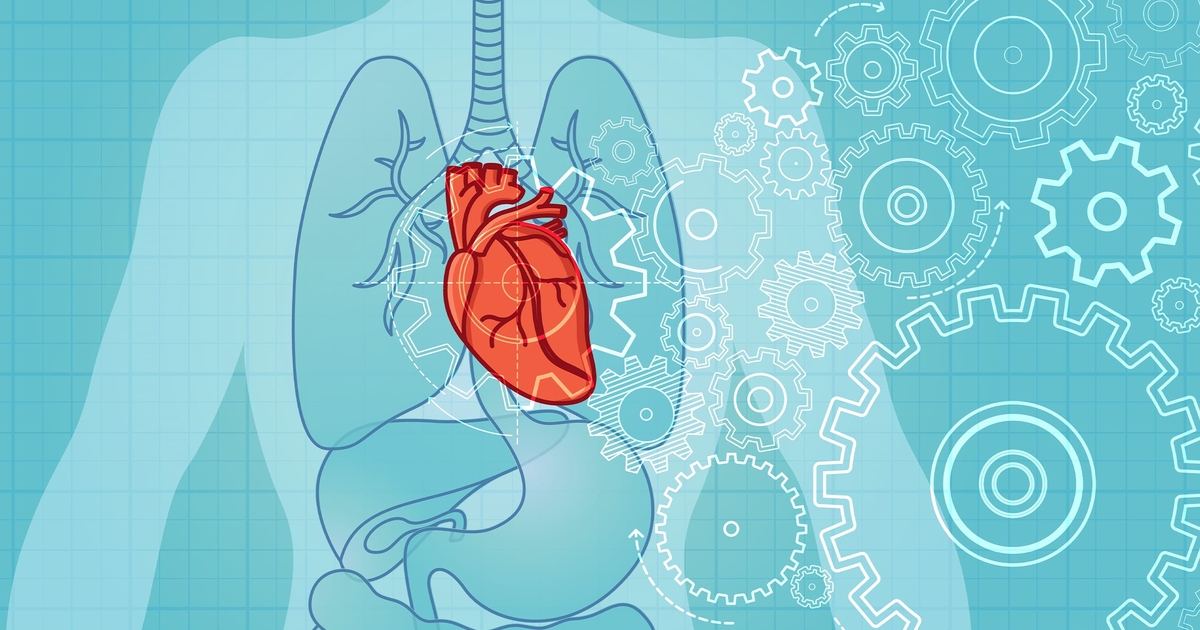Background: Heart failure facts
Heart failure is a significant global health burden, affecting millions worldwide.
- Every year, over 23 million people worldwide suffer from heart failure, yet only 6,000 receive a donor heart.
- In Australia, heart failure currently affects an estimated 500,000 individuals, with approximately 60,000 are diagnosed and over 60,000 hospitalisations each year.
- While around 100 patients undergo heart transplants each year for advanced heart disease, many others do not have the opportunity. Only 144 heart donations are made each year in Australia (2020).
- In the year of 2021, CVD was the underlying cause of 42,700 deaths (25% of all deaths) in Australia.
The Australian Initiative
The Australian Government has allocated AUD50 million (USD33 million) to the development and commercialization of the world’s most advanced artificial heart. This groundbreaking technology is expected to have a profound impact on global health by potentially reducing deaths from heart failure by half. Additionally, it is projected to generate $1.8 billion in economic benefits for Australia and its society.
This ambitious initiative, known as the Artificial Heart Frontiers Program (AHFP), encompasses the development of the artificial heart itself, as well as new left ventricular support devices and other specialized heart pumps. It is firmly committed to revolutionising implantable heart devices in Australia that will save countless lives now and in the future.
This substantial investment is recognized as the third-largest grant in the nearly ten-year history of the Medical Research Future Fund, which was established by the Australian Government to support health and medical research and innovation. The funding underscores the government’s commitment to advancing medical technology and improving health outcomes both domestically and globally. Through the AHFP, Australia is poised to make significant strides in the fight against heart failure, offering hope to patients and setting new standards in cardiovascular care.

About the Total Artificial Heart (TAH)
The TAH will allow patients to maintain an active lifestyle and improve their quality of life since boasting several groundbreaking features, such as
- Levitating Titanium Heart: The heart is suspended by magnetic force, enabling the internal rotor to spin and pump blood throughout the body without any parts touching. This design minimizes wear and tear, allowing it to operate continuously for decades or even a lifetime.
- Responsive Mechanics: The shape of the rotor blades enables the artificial heart to automatically adjust its speed with changes in the user's activity level, similar to a real heart.
- Compact Size: The device weighs about 600 grams, similar in size to an adult fist. It is small enough for pediatric patients yet powerful enough for adults.
- Potential for Long-Term Use: The TAH may be initially utilized as a short-term device in a patient awaiting a heart transplant or ultimately serve as a long-term alternative to heart transplantation.
The key milestones
- Initial Human Testing: The TAH has received US FDA approval for a First-in-Human early feasibility study and will be tested in the United States this year.
- Testing in Australia: Trials are expected to follow in Australia after the U.S. tests.
- Manufacturing Plans: Manufacturing of the artificial heart is planned in both the U.S. and Australia within the next few years, with commercialization potentially following soon after.
Conclusion
Australia's investment in the Total Artificial Heart (TAH) project marks a significant leap forward in medical technology. The TAH, with its innovative features promises to enhance the quality of life for patients with heart failure. As the world's most advanced artificial heart enters human testing, it holds the potential to revolutionize cardiac care and offer a sustainable alternative to heart transplants. This pioneering effort not only reflects Australia's commitment to healthcare innovation but also positions it as a leader in the global fight against cardiovascular diseases. Follow Qualtech to stay updated on the latest developments and breakthroughs in this medtech.
References
- Groch, S. (2024, February 19). His dad was dying. So Daniel built a world-first artificial heart – with pipes and magnets. The Sydney Morning Herald. Retrieved from https://www.smh.com.au
- Heart, stroke and vascular disease: Australian facts, About. (2024, June 17). Retrieved from https://www.aihw.gov.au/reports/heart-stroke-vascular-diseases/hsvd-facts/contents/about
- $50 million to develop world-leading artificial heart. (2024, February 20). [Press release]. Retrieved from https://www.health.gov.au
- Artificial Heart Frontiers Program - Medicine, Nursing and Health Sciences. Retrieved from https://ahfp.monash/
